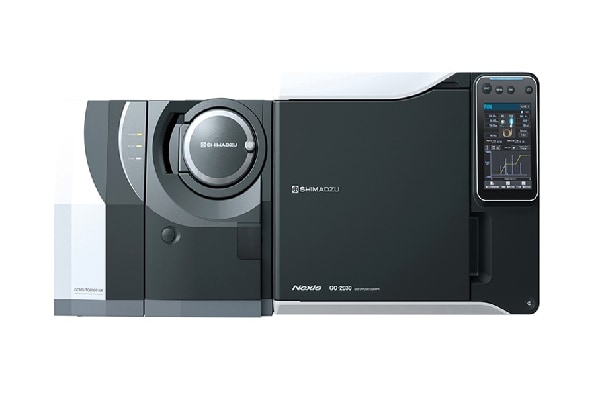
GCMS-TQ™8050 NX
・Easy quantitation of EtO and 2-CE at 5 times lower than MRLs, in single run without derivatization / conversion ・Dynamic HS method involves less sample preparation, less contamination, less interference with low maintenance. ・Lower LOQs achieved for EtO and 2-CE using dynamic HS when measured in isolation
EtO is one of the most widely produced chemicals worldwide. It is colorless, odorless, flammable gaseous cyclic ether. The boiling point of EtO is 10.4°C. It has very strong antibacterial properties. Due to its small size, it shows a high diffusivity and strong penetrating properties and is thus very effective in the disinfestation or disinfection of dry food commodities. EtO is almost 10 times more effective than other fumigants such as methyl bromide and phosphine. EtO is a highly carcinogenic, mutagenic, and genotoxic impurity for living beings and hence it is very important to quantitate EtO in food matrices. EtO,2-CE & their metabolites: EtO fumigation has been initiated in India and other developing countries as a countermeasure for reducing the incidences of sesame seed contaminations with salmonella and other fecal bacteria. After fumigation of food commodities with EtO, evaporation & the reactions with matrix constituents are the main dissipation pathways of EtO in food. Once in contact with the food, EtO undergoes various reactions within the matrix and generates various reaction products, including ethylene glycol, diethylene glycol, dioxan, 2-bromoethanol (known as ethylene bromohydrin) & 2-CE (known as ethylene chlorohydrin). Also, EtO directly reacts with matrix components, such as amino acids, purines, and fatty acids forming hydroxyethyl adducts. 2-CE is the most prominent reaction product of EtO. 2-CE is also an extremely hazardous substance. In matrix, 2-CE, undergoes reactions with fatty acids forming 2-CE esters. EtO,2-CE & their various reaction products are only removed at a limited extent, during aeration and many of them can serve as markers for EtO-fumigations.
July 27, 2022 GMT
Some products may be updated to newer models